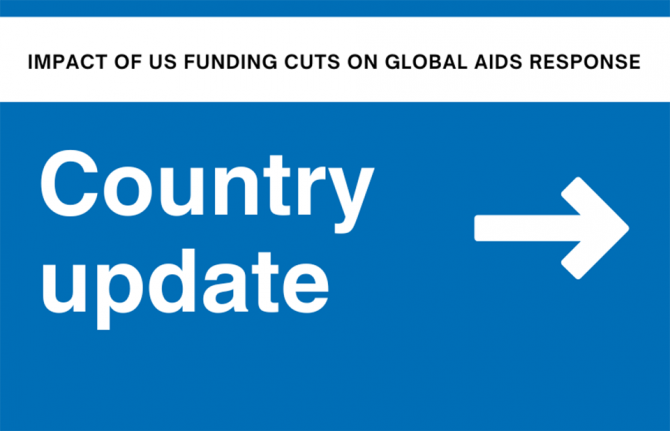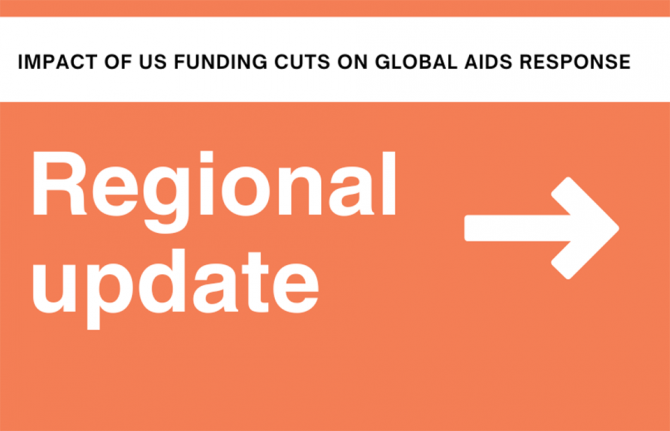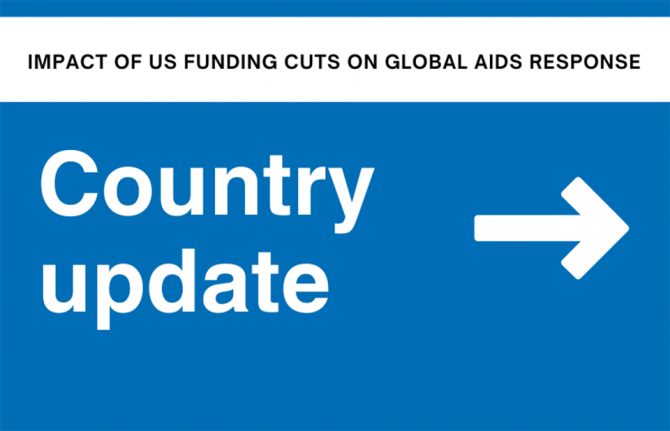
Feature Story
South Africa launches its new National Strategic Plan on HIV, STIs and TB, 2012–2016
20 December 2011
20 December 2011 20 December 2011
Credit: UNAIDS
On World AIDS Day, 1 December 2011, the President of the Republic of South Africa, President Jacob Zuma, officially launched the new South African National Strategic Plan (NSP) on HIV, STIs and TB, 2012–2016.
To frame the NSP, the South African government has adopted UNAIDS vision of ‘zero new HIV infections, zero discrimination and zero AIDS-related deaths’. South Africa however, has added a fourth zero to the plan: ‘zero new infections due to mother-to-child transmission’.
“The addition of the fourth zero shows South Africa’s commitment towards the elimination of new HIV infections among children,” said UNAIDS Country Coordinator Dr. Catherine Sozi. “South Africa has already seen a 50% reduction in mother-to-child HIV transmission between 2008 and 2010. With the prioritization of preventing new HIV infections among children in the new NSP, we are confident that a new generation free of HIV is in our sight,” she added.
The NSP is the product of a long consultative process which the South African National AIDS Council (SANAC) held with the relevant government line ministries, civil society sectors and the private sector. As President Jacob Zuma remarked in his speech on World AIDS Day, the NSP “belongs to all South Africans and all sectors”.
The addition of the fourth zero shows South Africa’s commitment towards the elimination of new HIV infections among children
UNAIDS Country Coordinator Dr. Catherine Sozi
It also takes into account the bold targets set at the High-Level Meeting on AIDS that took place in New York in June 2011. The new plan denotes the country’s seriousness in honouring the commitments made by adopting the ‘Political Declaration on HIV/AIDS: Intensifying our Efforts to Eliminate HIV/AIDS’ at the High-Level Meeting.
In total there are five overarching goals of the NSP: to halve the number of new HIV infections; ensure that at least 80% of people who are eligible for treatment for HIV are receiving it (at least 70% should be alive and still on treatment after five years); halve the number of new TB infections and deaths from TB; ensure that the rights of people living with HIV are protected; and halve stigma related to HIV and TB.
It is the first time that the national plan includes tuberculosis in its goals and strategic objectives. This is due to the high co-infection of HIV and TB in the country, estimated to be approximately 70% in people living with HIV and/or TB. South Africa has the third highest TB incidence in the world, following only China and India.
National stakeholders agreed that in order to achieve the bold targets outlined in the plan there is a need to scale up resources even amidst the current global economic crisis. Owning the resources to fund the plan was seen as key to an effective HIV response. In 2010, South Africa funded almost two-thirds of its own response and committed more than $1 billion to it. For the current plan, alternative sources of funding are being explored such as applying a tax to financial transactions.



